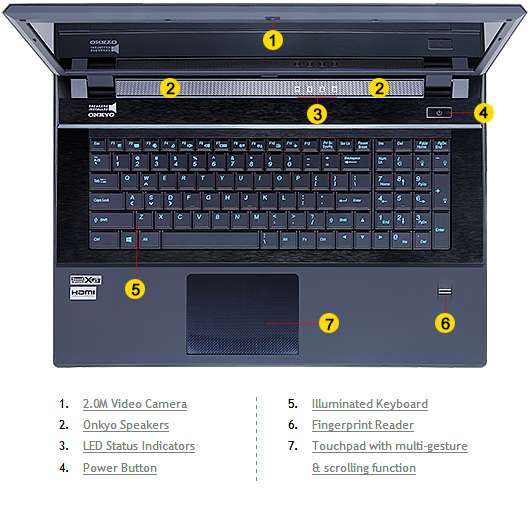

When using those tools, you create a DOS live USB drive, and then copy the BIOS-flashing utility and BIOS file to that USB drive. There are also more traditional DOS-based BIOS-flashing tools. The process for entering a UEFI setup screen can be a bit different. You generally access the BIOS screen by pressing the appropriate key while your computer boots-it’s often displayed on the screen during the boot process and will be noted in your motherboard or PC’s manual. From there, you choose the BIOS-updating option, select the BIOS file you placed on the USB drive, and the BIOS updates to the new version. You copy the BIOS file to a USB drive, reboot your computer, and then enter the BIOS or UEFI screen. Some manufacturers offer a BIOS-flashing option directly in their BIOS, or as a special key-press option when you boot the computer. The BIOS update’s included README file should recommend the ideal option for your hardware. You’ll need to choose one of several different types of BIOS-flashing tools, depending on your motherboard and what it supports. RELATED: What You Need to Know About Using UEFI Instead of the BIOS You should check out this file for instructions that apply specifically to your hardware, but we’ll try to cover the basics that work across all hardware here.
#Update sager bios archive#
The archive should also contain a README file that will walk you through updating to the new BIOS. Inside, you’ll find some sort of BIOS file-in the screenshot below, it’s the E7887IMS.140 file. Your BIOS download probably comes in an archive-usually a ZIP file. You’ll find any available BIOS updates there. If you purchased a pre-built computer instead of building your own, head to the computer manufacturer’s website, look up the computer model, and look at its downloads page. You’ll probably want to grab the newest BIOS version-unless you have a specific need for an older one. Download the version to which you want to update. You should see a list of available BIOS versions, along with any changes/bug fixes in each and the dates they were released.
#Update sager bios how to#
RELATED: How to Check Your Motherboard Model Number on Your Windows PCįirst, head to the motherboard manufacturer’s website and find the Downloads or Support page for your specific model of motherboard. However, you’ll perform the same basic process on all motherboards. Look at the “BIOS Version/Date” field.ĭifferent motherboards use different utilities and procedures, so there’s no one-size-fits-all set of instructions here. The BIOS version number is displayed on the System Summary pane. On Windows 7, 8, or 10, hit Windows+R, type “msinfo32” into the Run box, and then hit Enter. You can also find your BIOS’s version number in the System Information window.
#Update sager bios windows 10#
RELATED: How to Open the System Information Panel on Windows 10 or 8 You’ll see the version number of the BIOS or UEFI firmware in your current PC.Ĭheck Your BIOS Version by Using the System Information Panel

At the prompt, type (or copy and paste) the following command, and then hit Enter: wmic bios get smbiosbiosversion


 0 kommentar(er)
0 kommentar(er)
